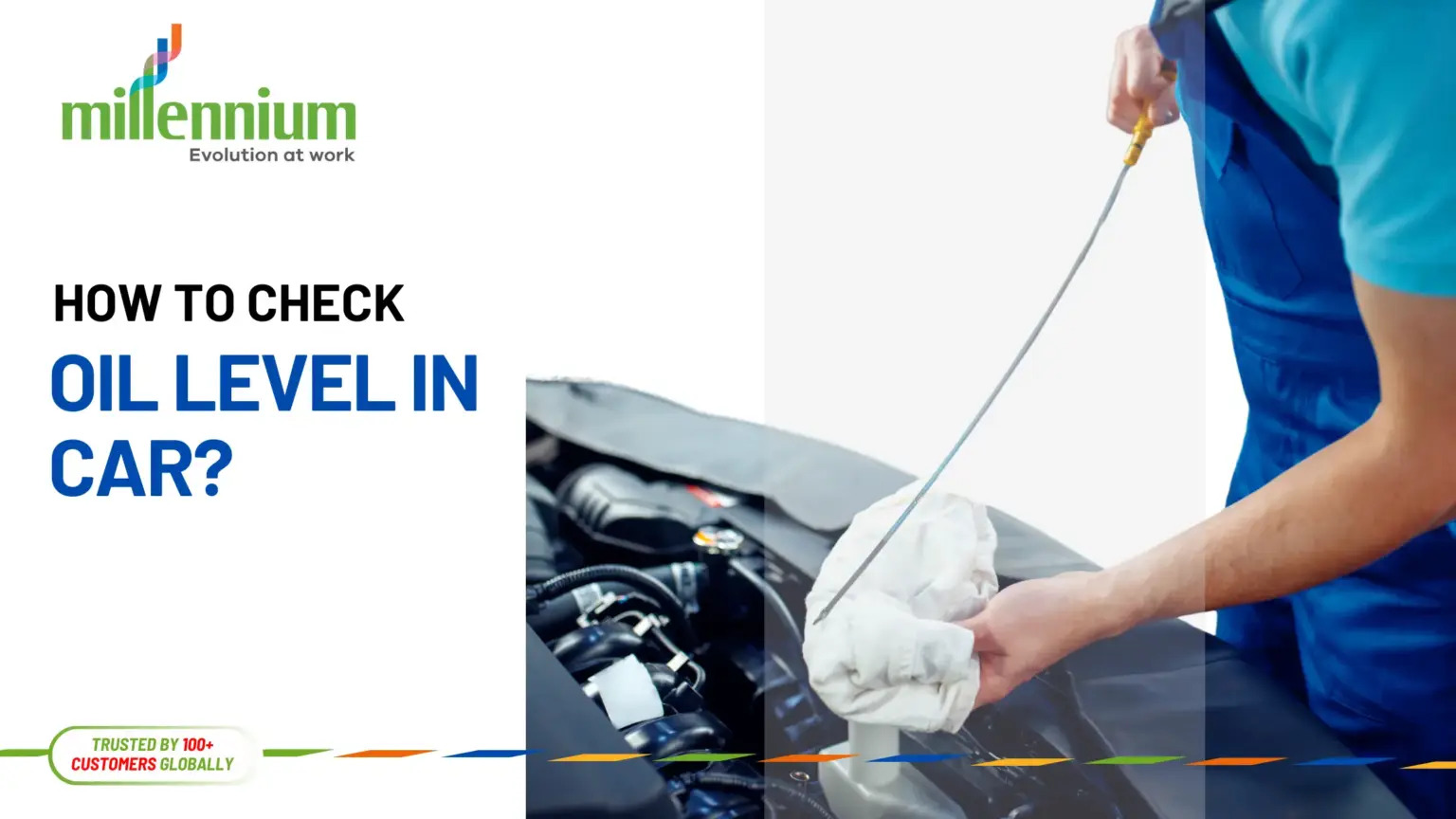Why Checking Your Oil Level Is Important
Regularly checking your car’s oil level is crucial for maintaining the health and efficiency of your vehicle. Motor oil plays a vital role in engine operation by lubricating moving parts, reducing friction, and preventing overheating through heat dissipation. Without sufficient oil, engine components can grind against each other, leading to increased wear and potentially catastrophic engine failure. This can result in expensive repairs or even the need for a complete engine replacement.
Oil also helps in keeping the engine clean by collecting debris and contaminants which are then trapped in the oil filter. When the oil level is too low, it loses its ability to do this effectively, which can lead to the accumulation of dirt and sludge inside the engine, causing further damage. Additionally, proper oil levels ensure optimal fuel efficiency. An engine running smoothly without additional friction or heat will consume less fuel, saving you money in the long run.
Neglecting to monitor your vehicle’s oil level can also lead to poor engine performance and increased emissions, contributing to environmental pollution. By regularly checking the oil level, you can catch potential issues early, helping to maintain engine longevity and ensuring your car runs smoothly. This simple routine task is a fundamental aspect of responsible car ownership and crucial for ensuring safety on the road.
When To Check Your Car’s Oil Level
Checking your car’s oil level is a crucial maintenance task that should be performed regularly to ensure the health and longevity of your engine. It is generally advisable to check your car’s oil level at least once a month, although some experts recommend doing it more often, especially if your vehicle is older or tends to consume oil more quickly. It is particularly important to check the oil before long trips or if you notice any signs that might indicate a problem, such as strange noises, overheating, or oil warning lights on your dashboard.
For the most accurate reading, aim to check the oil level when the engine is cool, preferably in the morning before the car has been driven. This ensures that the oil has settled back into the oil pan, providing a true measure of how much oil is present. If you must check the oil level when the engine is warm, allow the vehicle to sit and cool for at least five to ten minutes after turning it off.
Ideal Conditions For Accurate Measurement
To ensure an accurate measurement of your car’s oil level, it’s important to check under the right conditions. The most effective time to measure your oil is when the engine is cool or has been off for a while. Allowing the engine to cool helps the oil settle back into the oil pan, providing a more accurate read on the dipstick.
Measuring after the engine has recently been running might give a false low reading due to oil still circulating through the engine parts. Ideally, the car should be parked on a level surface. Checking the oil on an uneven surface such as a slope or hill can lead to inaccurate readings because the oil may shift within the engine, showing levels that are falsely higher or lower than they actually are.
Step-By-Step Guide To Checking Oil Level
To check the oil level in your car, first ensure that the car is parked on a flat surface and that the engine is turned off and has cooled down for at least ten minutes to allow the oil to settle. Begin by opening the hood and locating the dipstick, which typically has a brightly colored handle for easy identification. Pull the dipstick out completely and use a clean cloth or paper towel to wipe it free of oil.
Once clean, reinsert the dipstick fully back into its tube and pull it out again. This second reading is the one you will use to assess the oil level. Examine the markings on the dipstick, which usually have indicators for high and low oil levels. The oil film on the dipstick should be between these two marks. If the oil level is below the minimum mark, it is important to add the appropriate type and amount of oil as specified in your vehicle’s manual.
How To Interpret Oil Level On A Dipstick
When interpreting the oil level on a dipstick, it’s crucial to understand the markings and what they signify for your engine’s health. Begin by ensuring the how to check car oil with dipstick is correctly reinserted into its tube after wiping it clean. Wait for a moment, then pull it out to read the oil level accurately. The dipstick will usually have two marks—commonly labeled as “Min” and “Max,” though symbols or dots may also be used.
The oil level should ideally be between these two marks. If it’s near or below the “Min” mark, it’s a clear indicator that the engine oil is low, necessitating an immediate top-up to prevent engine wear or potential damage.
If the oil level is above the “Max” marking, the engine might have been overfilled, which can be as detrimental as having too little oil. Excess oil can foam, which reduces its lubricating properties and may lead to overheating and damage to engine components. Additionally, analyze the oil’s color and consistency while checking the level. Healthy engine oil should be a clear, amber color.
What To Do If Oil Level Is Low
When you discover that the oil level in your car is low, it’s important to address the issue promptly to prevent potential engine damage. Start by adding the appropriate type and amount of oil recommended in your car’s owner’s manual. Make sure to use a clean funnel to avoid spillage and contamination. After adding oil, allow a few minutes for it to settle before rechecking the level with the dipstick to ensure it’s within the optimal range.
If the level is still too low, gradually add more oil until it reaches the correct mark.
In addition to topping off the oil, it’s crucial to investigate the cause of the low oil level. Routine oil consumption may lead to a gradual decrease, but a significant drop can indicate problems such as a leak or increased engine wear leading to oil burning. Check for oil drips under the car and inspect the engine and surrounding components for any signs of leakage.


